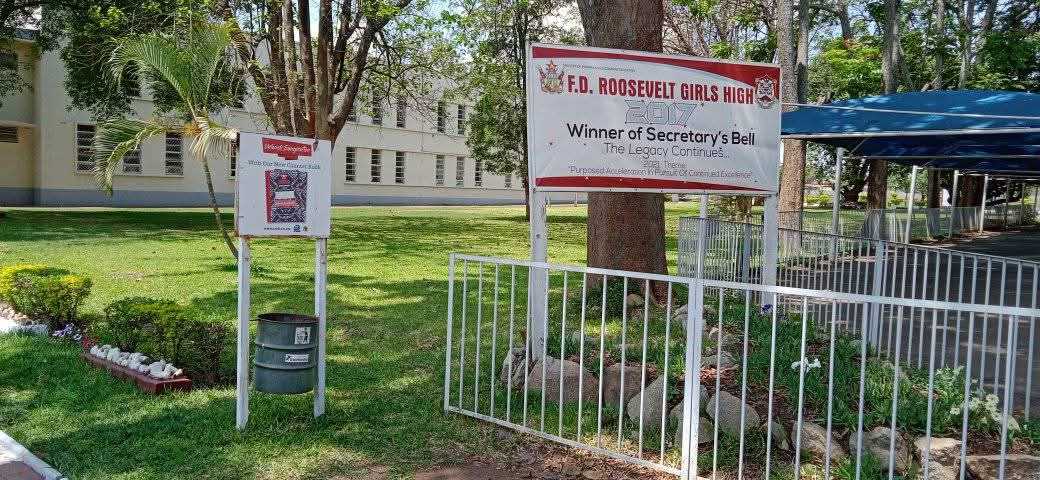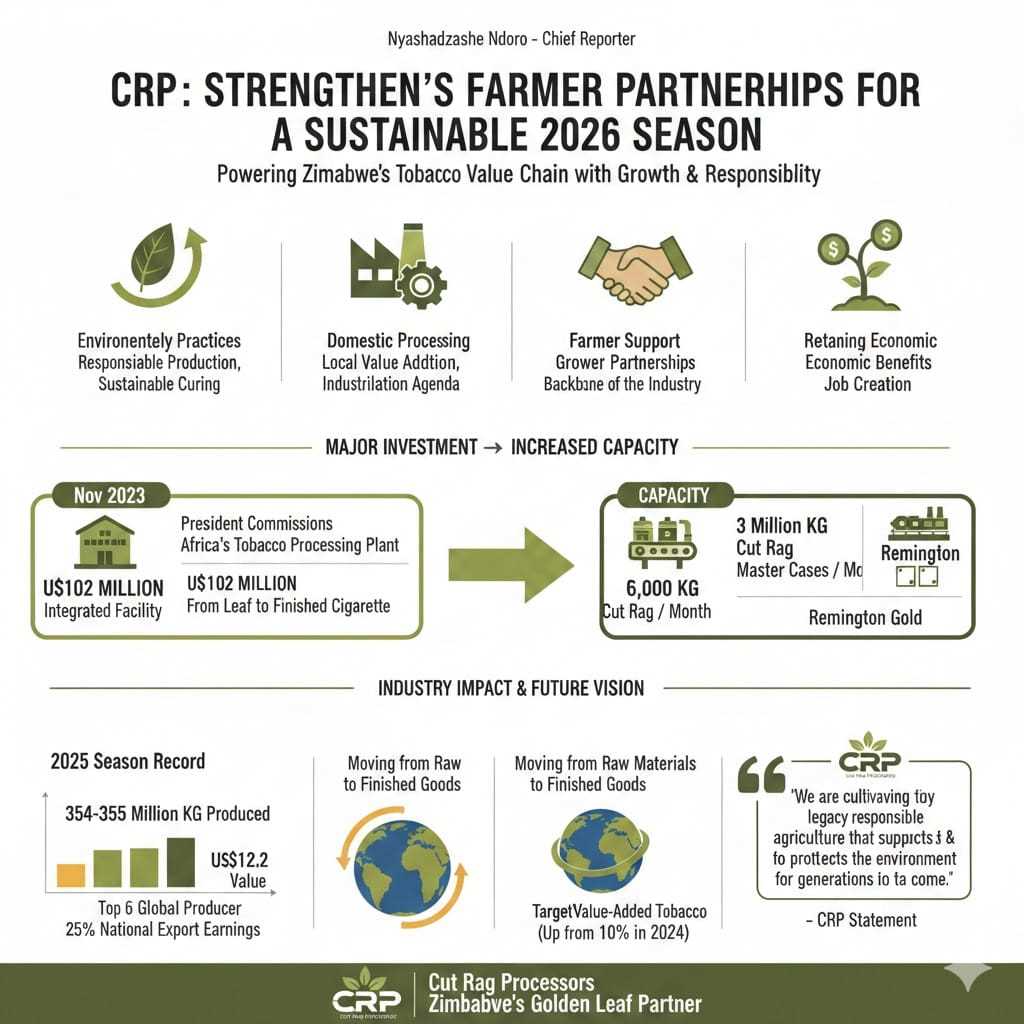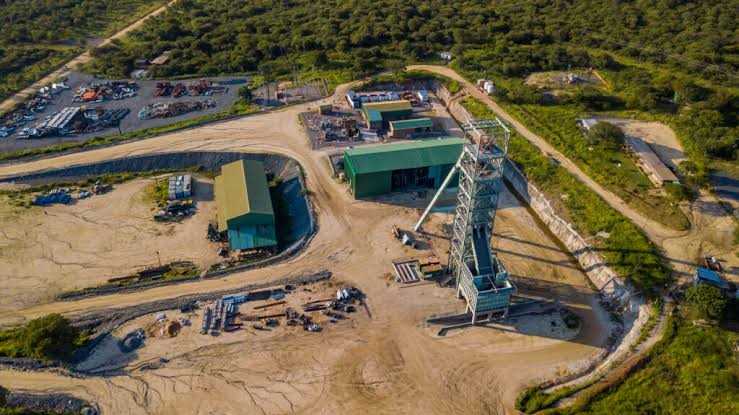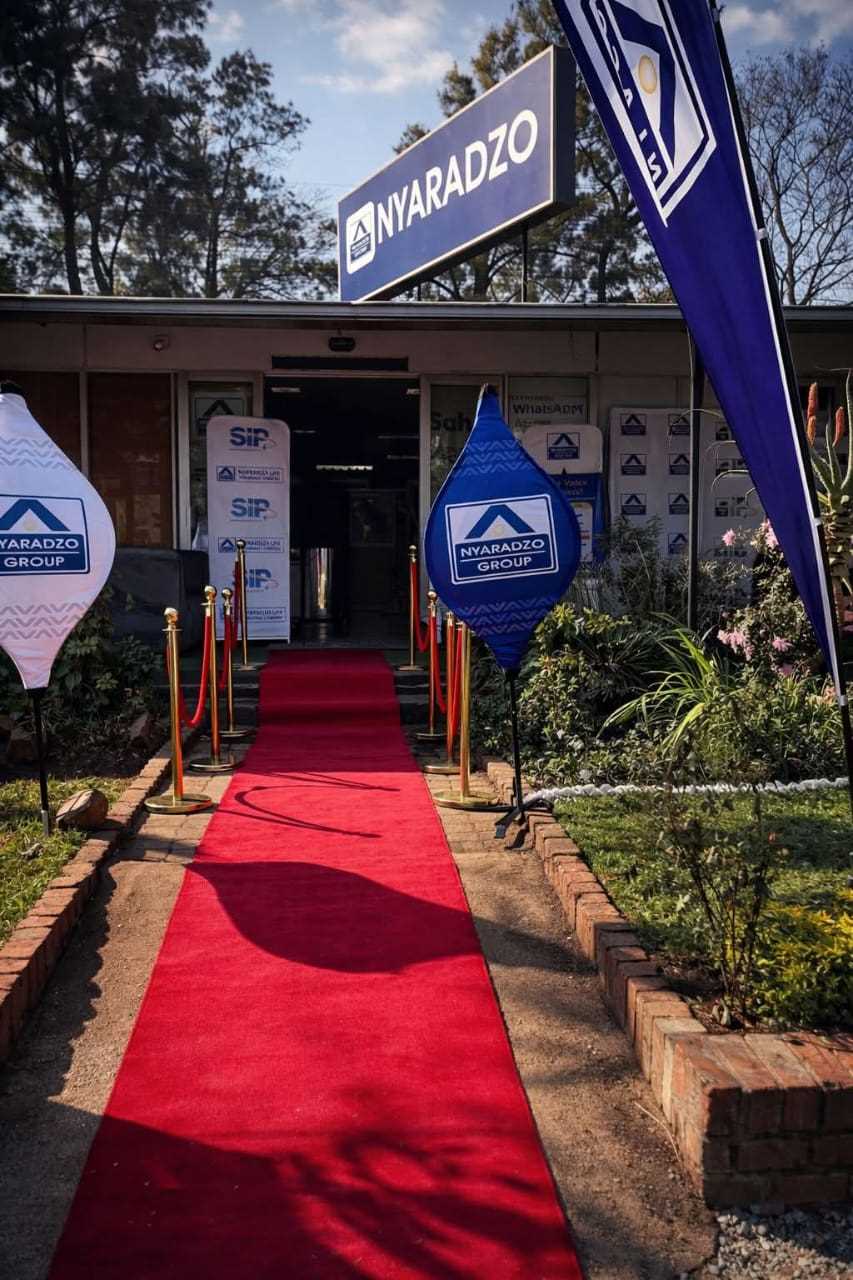
Philemon Jambaya
After years of El Nino-induced drought, Zimbabwe’s sugarcane farmers are finally breathing a sigh of relief. Recent heavy rains have brought much-needed water, filling dams and raising spirits in the Lowveld region. This timely downpour promises a successful summer cropping season, a stark contrast to the anxieties of past dry spells.
Just months ago, despair hung heavy in the air. Dams like Manjerenje in Zaka District sat at critically low levels, jeopardising irrigation and threatening the livelihoods of countless farmers. The memory of January’s meagre 30% capacity still sends shivers down their spines. “We were starting to panic,” confessed one farmer, his voice thick with emotion.
But the heavens heard their prayers. The wet spell arrived like a divine intervention, steadily replenishing the dams and restoring hope. Farmers, who had reluctantly begun planning for water rationing, now celebrate the rain’s bounty. “The rains have restored our hope,” another farmer exclaimed, his words echoing the collective relief that swept across the region.
The benefits extend beyond mere water availability. Rainwater, Dr. Mutatu, a Senior Industrial Agricultural Research Chemist, pointed out, is nature’s own fertiliser, rich in nitrogen and phosphorus – vital nutrients for sugarcane growth. Not only does it reduce dependence on irrigation, but it also conserves soil and water resources, potentially boosting yields.
Related Stories
However, Dr. Mutatu cautioned against overindulgence. Heavy rains can lead to run-off and nutrient leaching, necessitating careful fertiliser application during dry periods.
The threat of yellow sugarcane aphids, however, casts a shadow over this newfound optimism. These destructive pests, thriving under El Nino-induced heatwaves, have ravaged crops since 2015. Young canes are particularly vulnerable, prompting the Zimbabwe Sugarcane Association Experiment Station to take decisive action.
“We urge farmers to spray their cane,” declared Miss Concillia Mukanga, ZSAES Entologist. To combat the pest’s rapid spread, ZSAES has deployed a drone, diligently spraying fields across plantations, with Mkwasine bearing the brunt of the aphid onslaught.
Yet, the battle against the aphids demands a united front. Effective control requires synchronised spraying across all crops within the region, denying the pests any sanctuary.
As the Lowveld prepares for a promising summer harvest, the echoes of past anxieties linger, reminding farmers of the precarious balance between hope and despair. But with renewed determination, armed with the blessings of rain and the unwavering support of ZSAES, Zimbabwe’s sugarcane industry stands poised for a sweet comeback.



















Leave Comments